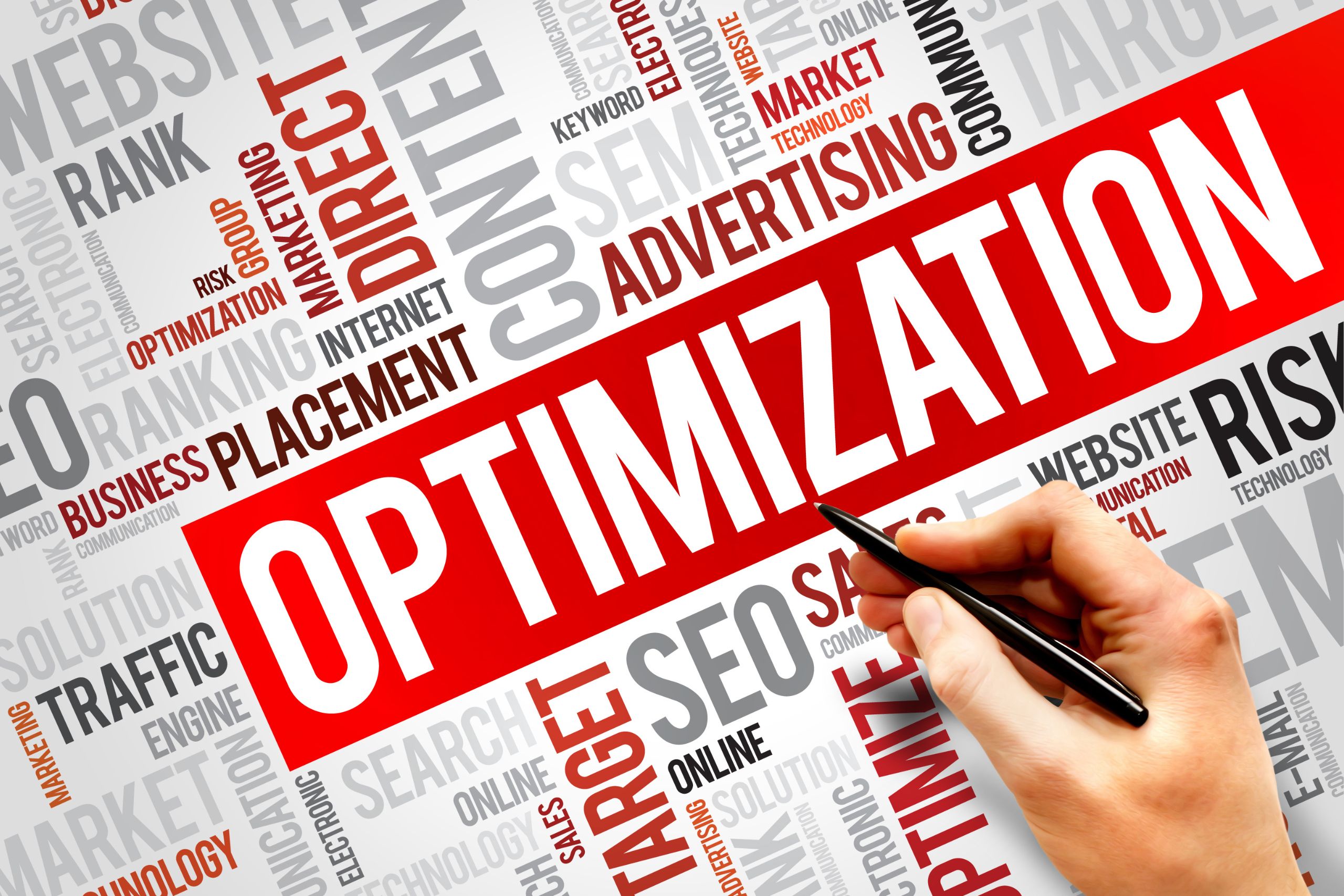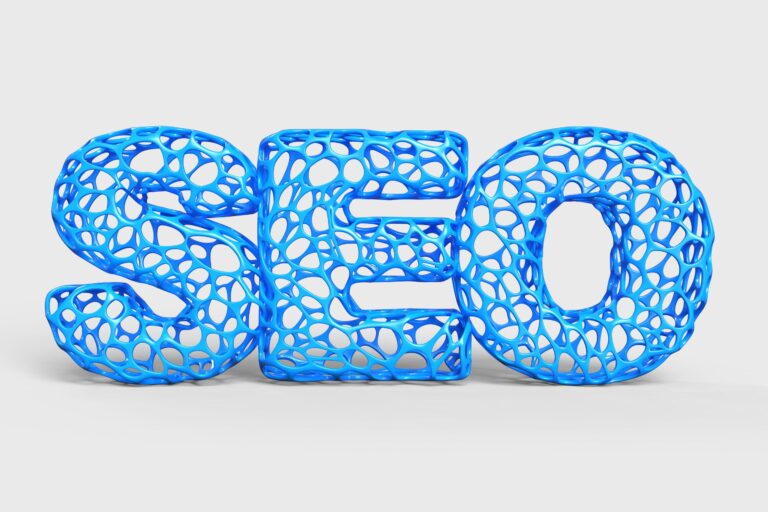WordPress Image Optimization: Automation and Best Practices
Image optimization is a critical aspect of the process of creating fast-loading websites and blogs. Images often take up a significant amount of the total size of a web page, and if they are not optimized, this can cause the site to load slowly and reduce user satisfaction. In this article, we'll look at some of the best practices for image optimization in WordPress, as well as ways to automate this process.
Selecting the correct image format
There are various image formats such as JPEG, PNG, GIF and WebP. Each has its own advantages and disadvantages, so it's important to choose the right format for your images.
- JPEG – suitable for photographs and images with many colors and details. JPEG allows for lossy compression, which means you can reduce the file size without significantly degrading the image quality.
- PNG – suitable for images with transparency and logos. PNG is characterized by lossless compression, which means that the file size will be larger compared to JPEG, but the image quality will be higher.
- GIF – Good for animated images, but not a good choice for static images as they tend to have a larger file size.
- WebP - a modern format supported by most browsers that combines the advantages of JPEG and PNG. WebP offers both lossy and lossless compression and typically produces smaller files than JPEGs and PNGs.
Image size
After choosing the appropriate format, it is important to determine the correct size of the images. Use the following rules to determine the optimal size for your images:
- Measure the maximum width and height that the image will occupy on the page and resize the image according to these parameters.
- Avoid using images that are larger than necessary, as this will slow down page loading.
- Use a "responsive" design by taking advantage of the HTML5 "srcset" tag and the "sizes" attribute to provide different image sizes to be used depending on the user's screen size.
Image compression
After choosing a suitable image format and size, you can reduce the file size using compression. There are many WordPress tools and plugins that offer automatic image compression upon upload. Some of the most popular among them are:
These plugins automatically process images when you upload them to your WordPress platform and optimize their quality and file size without you having to do it manually.
Using lazy loading
"Lazy loading" is a technique where images are loaded only when they reach the visible part of the user's screen. This reduces page load time and improves the user experience. In WordPress, you can enable lazy loading using plugins such as:
Database optimization
An important step of WordPress image optimization is maintaining the database where image information is stored. Use plugins like WP-Optimize or WP-Sweep, to clean up unnecessary data left after deleting or resizing images. This will improve database performance and ensure faster page loading.
Use of CDN (Content Delivery Network)
A CDN is a network of servers located around the world that provide copies of your static resources, including images. This improves the loading time of the images as they are loaded from the server closest to the user's location. Some of the most famous CDN services are Cloudflare, Amazon CloudFront and MaxCDN.
Image optimization is a key factor in improving the performance of your WordPress websites and blogs. Follow the above best practices and use the right process automation tools to achieve fast and dynamic websites that will provide an excellent user experience.







